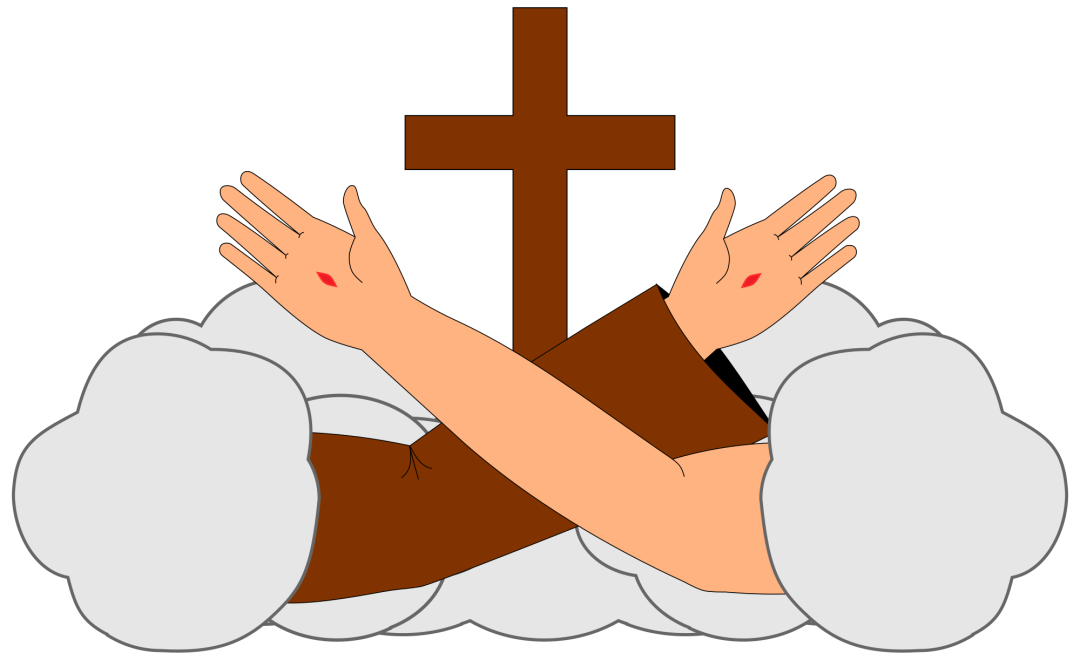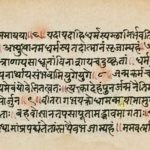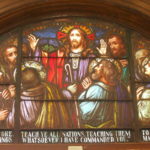Modern Monastic Life can be found throughout the world as a viable and solid form of religious life. Many examples exist of religious communities that were founded perhaps hundreds of years ago and that has branched out throughout the world. Despite changes that may have been wielded by Vatican II, many of these religious orders remain true to their original traditions and are still thriving.
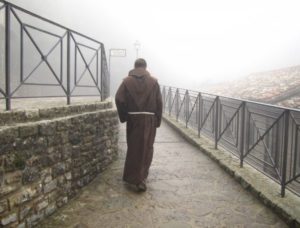 Many of these orders, founded in Europe centuries ago, came to America during the 19th Century (i.e., the 1800s), bringing with them religious sisters and brothers. These religions sought to bring the Catholic faith to thousands of immigrants who were in need of religion who could speak their language and fortify them with the stability of the faith from their motherland.
Many of these orders, founded in Europe centuries ago, came to America during the 19th Century (i.e., the 1800s), bringing with them religious sisters and brothers. These religions sought to bring the Catholic faith to thousands of immigrants who were in need of religion who could speak their language and fortify them with the stability of the faith from their motherland.
These orders have retained and wear their original religious garb as well as adhering to the traditions that have sustained their forebears for centuries. For example, there are monastic orders of cloistered sisters who wear a religious dress and spend their time in prayer at specific hours during the night and day. Mass is offered daily, and open to the public, and the sisters make and prepare holy communion wafers that are sold to help with their financial viability.
Monastic orders of men religious exist also.
These orders also follow a life of prayer and work by wearing the traditional monastic robe, praying together several times daily, and living together while serving their communities as well as the outside world. Many of these monasteries are well known and visited by thousands annually because they offer comfort, solace, hope, and a place in which miracles have happened, and can still happen.
Many of these orders are self-sustaining while others have laypeople assisting.
For example, there may be lay people employed in kitchen duty, grounds keeping, and maintenance or administrative work. These individuals help free up the monk’s time so they can go to serve as priests in the surrounding communities or as missionaries in other countries. Some monastic communities also have seminaries and colleges that they have founded, and many of the monks teach or work in administrative roles.
Other ways in which these orders attain financial viability is through their ingenious and creative endeavors. For example, there are orders who brew beer, make coffins, and have gift shops that offer handmade items made by members of their orders.
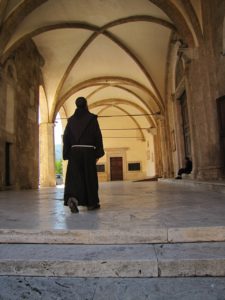 Not only do lay people assist through their employment in these monastic communities, but there are also a large and growing number of laypeople who attach themselves to a specific monastic community and adhere to their teachings and subsequent way of life. In this vein, these monasteries are doing outreach and evangelizing the larger secular society to their teachings. Many of these monastic communities offer opportunities for laypeople to spend time on retreat while living in the monasteries’ guest houses.
Not only do lay people assist through their employment in these monastic communities, but there are also a large and growing number of laypeople who attach themselves to a specific monastic community and adhere to their teachings and subsequent way of life. In this vein, these monasteries are doing outreach and evangelizing the larger secular society to their teachings. Many of these monastic communities offer opportunities for laypeople to spend time on retreat while living in the monasteries’ guest houses.
The history of monastic orders is lengthy, fascinating, and endearing. The stability, discipline, and religious fervor they offer is something that people of all ages, backgrounds, and religions are often desperately seeking. These communities are the cornerstones in which the rest of the world can find peace and a way of life that has been largely unaffected by the influence of secular society.

